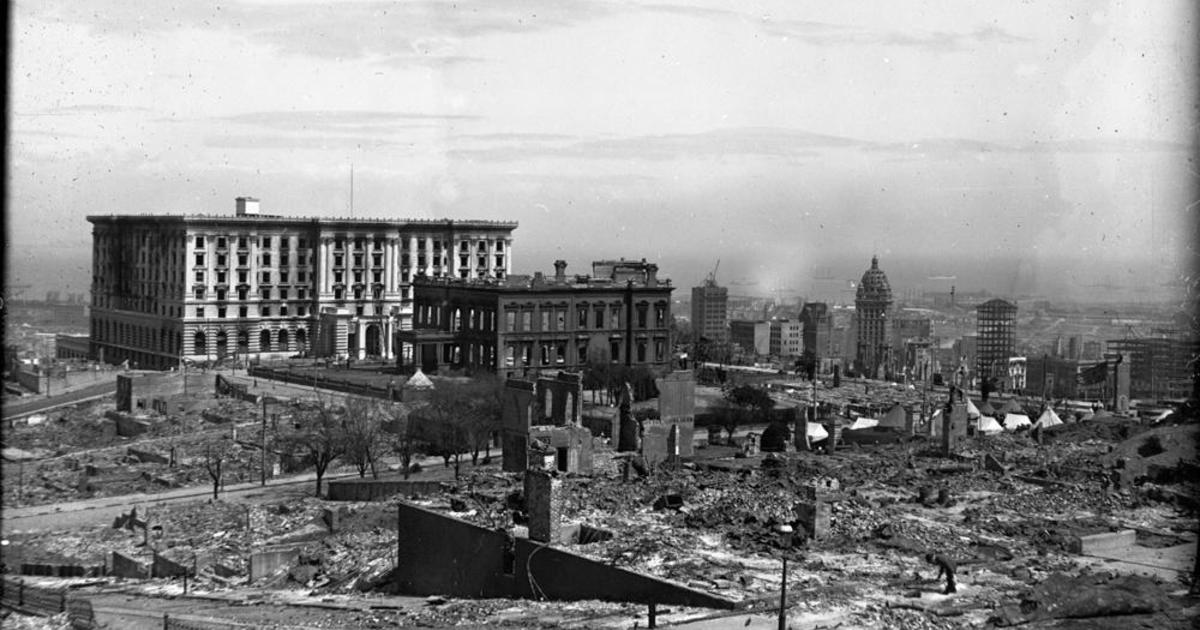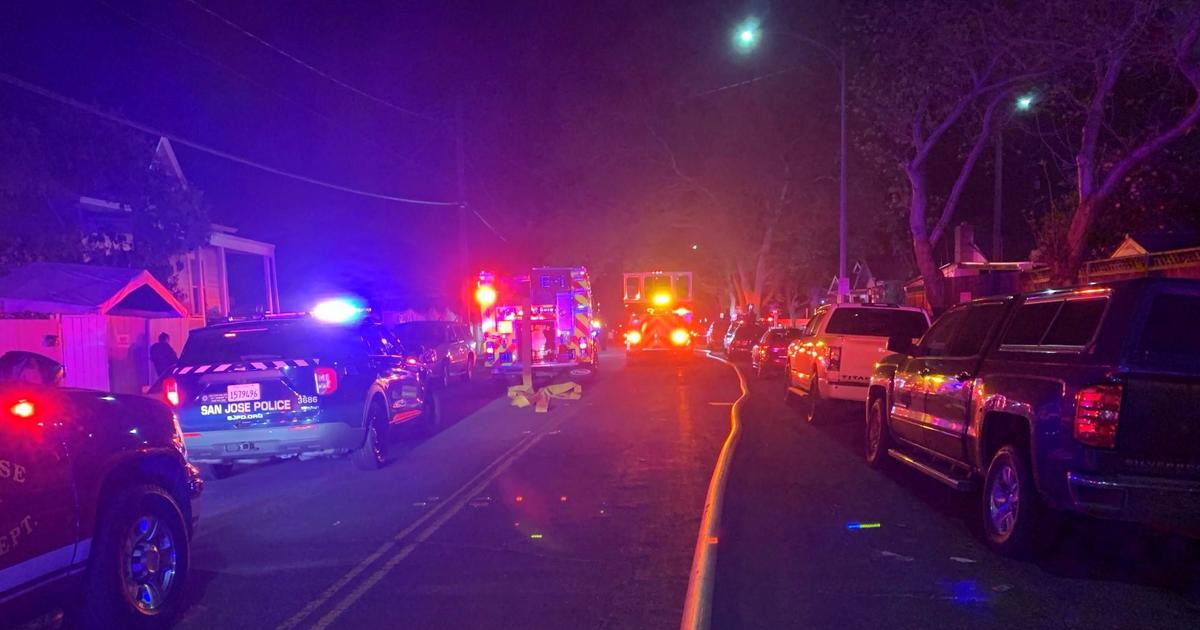SoCal Engineers Use Simulated Earthquakes To Test How Building Is Damaged
SAN DIEGO (CBS/AP) -What happens when a series of massive earthquakes hits a five-story medical facility with an intensive care unit, operating room and elevator?
Structural engineers at the University of California, San Diego, began tests Tuesday to find out.
Over the next two weeks, they will repeatedly rock an 80-foot-high building erected on a giant shake table as part of a $5 million experiment funded by government agencies, foundations and others.
KCBS' Tom Reopelle Reports:
The project stands out because researchers are studying what happens to items inside the building—such as elevators, stairs, lights and medical equipment—rather than just the building's structure.
A group of hard-hatted scientists, engineers, earthquake safety experts and news media stood in front of the mock facility to witness the first tests Tuesday.
"In five minutes, 1994's Northridge earthquake recorded at Los Angeles," a loudspeaker announced.
The table simulated the motion created by the magnitude-6.7 quake that heavily damaged the Los Angeles region.
The towering 1.4 million-pound building jolted and slid back and forth. But there were no sounds of crashing computers, crumbling concrete walls, bursting water pipes or hospital beds hurtling into walls.
Then came an even bigger one—a fake quake similar to Chile's massive 8.8 temblor.
The building swung erratically in an impressive dancing motion as if it was on a skateboard. But the overhead lights and a computer monitor that could be seen through the windows on the top two floors, which feature a mock surgery suite and intensive care unit, did not appear to be moving dramatically.
"The ground moved a lot and the building actually stayed put," Jose Restrepo, a construction engineering professor at UCSD said after the tests.
More than 500 sensors and 80 cameras have been placed strategically throughout the building outfitted with a heating and air conditioning system, functional sprinklers, computer servers, laboratory equipment, working oxygen lines, electrical equipment and wiring.
For the first tests, the building was placed on base isolators— which are like giant shock absorbers. In a week, researchers will remove the isolators and place the building directly onto the shake table to conduct the tests again.
Researchers expect to see damage at that point. After that, they will start a fire to see how flames and smoke travel through quake-damaged buildings.
The majority of hospitals in California are built without the technology of isolators—which cushion the blows to prevent much of the movement on the upper floors of buildings. Only four such hospitals have been built with isolators in Southern California, Restrepo said.
Tuesday's tests show what a difference the isolators can make in minimizing the impact of quakes, he said.
The project reflects a new way of thinking among earthquake safety experts who have been focusing on shoring up hospitals, large apartment buildings and schools so communities can rebound quickly after a disaster.
Since the Northridge temblor and the 1989 Loma Prieta earthquake in the San Francisco Bay area, billions of dollars have been spent on retrofitting thousands of unreinforced brick buildings, roads, bridges and university buildings.
Meanwhile, thousands of potentially dangerous concrete school buildings, high-rise apartments and hospitals built before California changed its building code in 1976 have not been identified, according to experts.
Richard McCarthy, executive director of the California Seismic Safety Commission, said the tests will help in the development of better building codes.
"We learn from our successes and our failures, not only in the United States, but all around the world," he said.
Researchers expect to publish their findings after spending the next year analyzing the data.
(Copyright 2012 by CBS San Francisco. All Rights Reserved. This material may not be published, broadcast, rewritten, or redistributed.)



